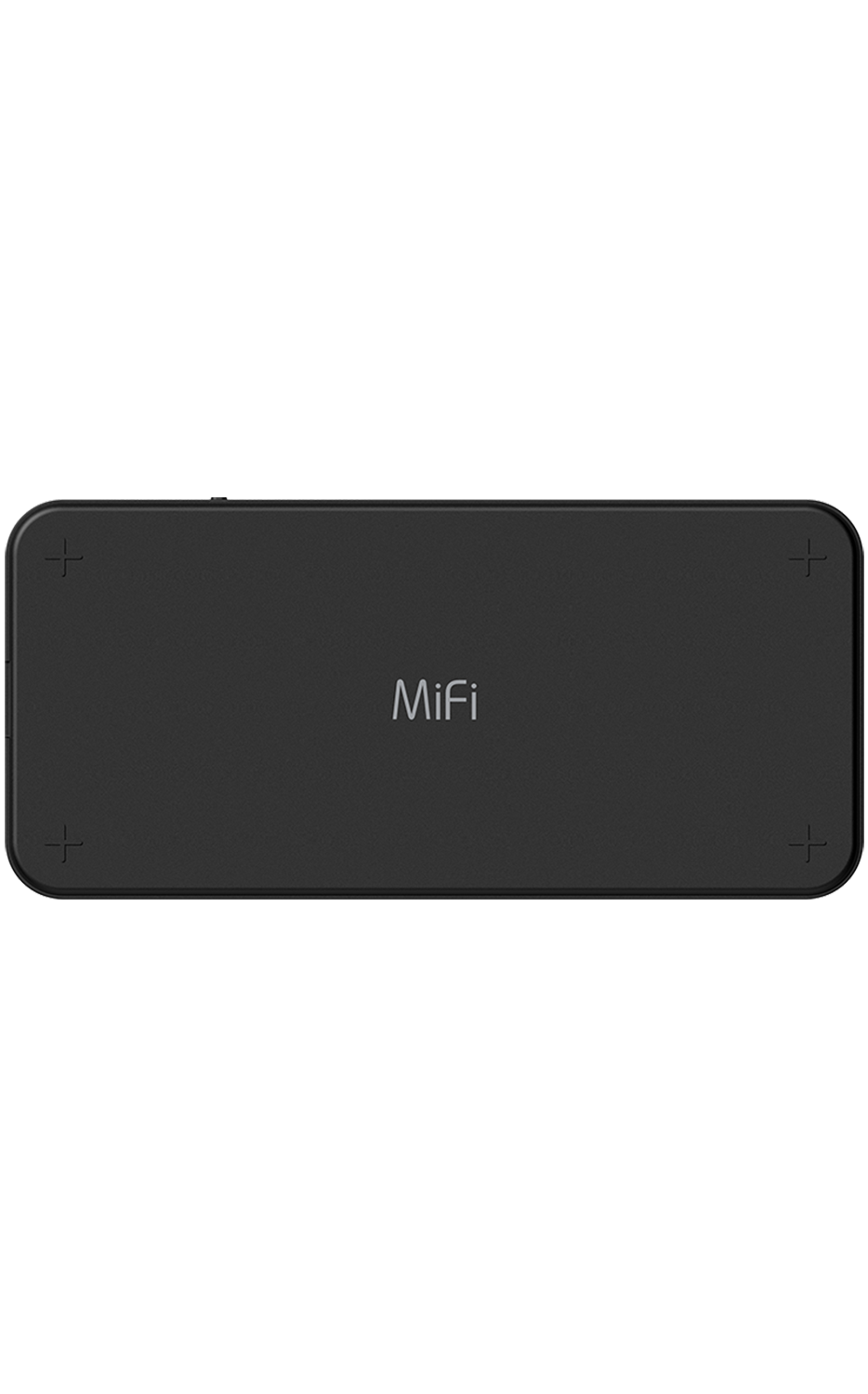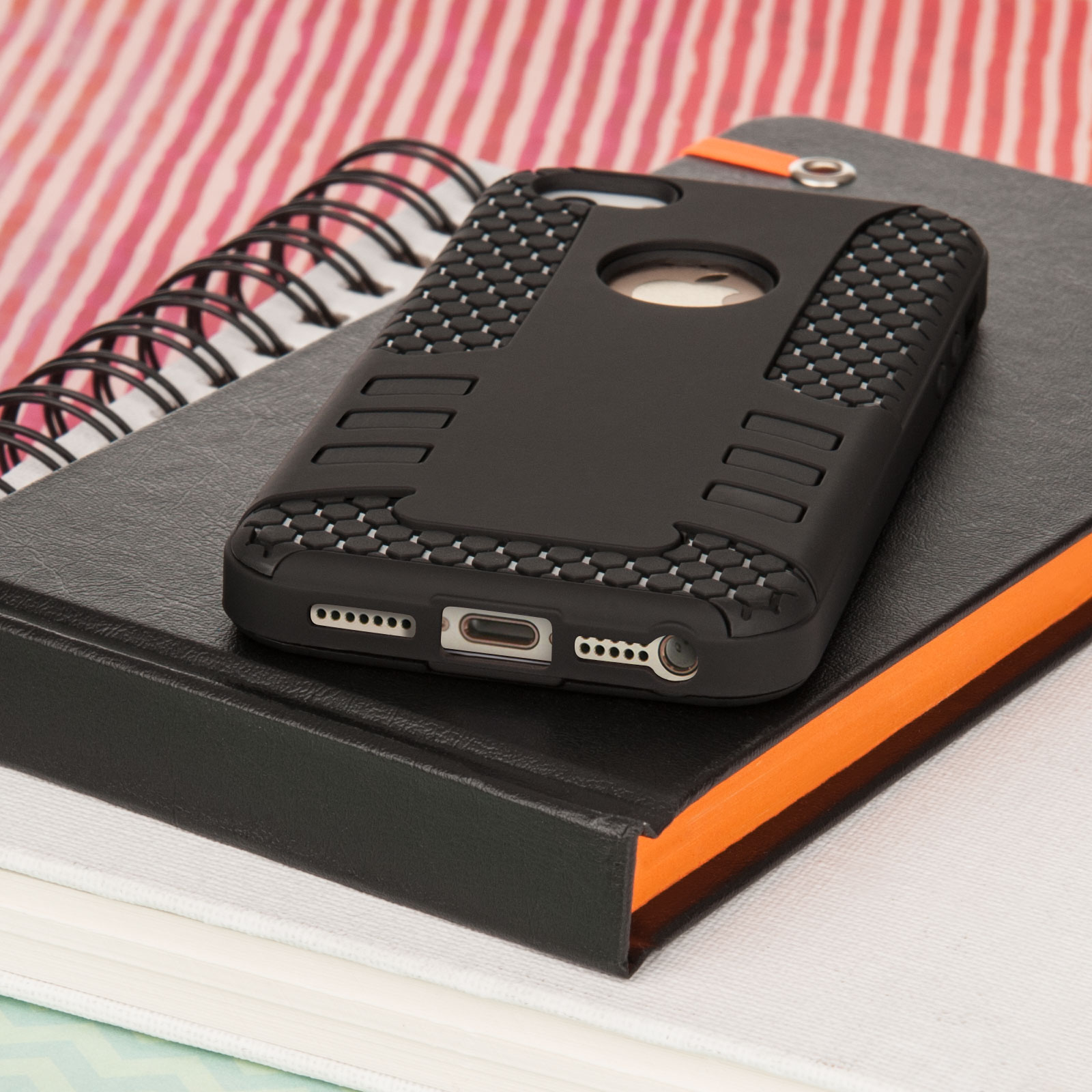
The answer, of course, is to turn the sharpness up until you’re happy with the result. It might be that your sharpness setting has softened things so much that the display looks blurry or fuzzy. Lowering the sharpness level will soften the image. Use your TV remote control to access those menus, usually by first pressing the menu button. This is usually listed under TV settings alongside contrast, brightness, etc. Virtually all modern HDTVs offer a form of digital sharpening. One fix for a blurry or fuzzy video is to switch out the HDMI cable or move it to another input on the TV to check if there might be something wrong with the cable or the port. Change the quality setting from automatic to a setting that matches what your TV was designed to display. With some streaming apps (e.g., Disney Plus), you can select the preferred quality while watching your content.

Go to the picture settings of your streaming app of choice and set your quality and bandwidth usage preference. If you are watching a streaming video source (such as the Netflix or Hulu app on a smart TV), then the fuzzy image may have nothing to do with your TV and everything to do with your bandwidth or quality settings. Change Your Streaming Picture Quality Settings Any upscaling will happen on that device before it reaches the TV.

Instead, if you’re using a connected device like a cable box, gaming console, Android TV, Apple TV, or another similar source, set its output resolution to match your TV’s native resolution. High-end televisions may have superior upscaling technology, but mid-range and low-end sets generally don’t have the processing power to upscale with good results. One important tip we can give you is to avoid having the TV itself do the upscaling.


 0 kommentar(er)
0 kommentar(er)
